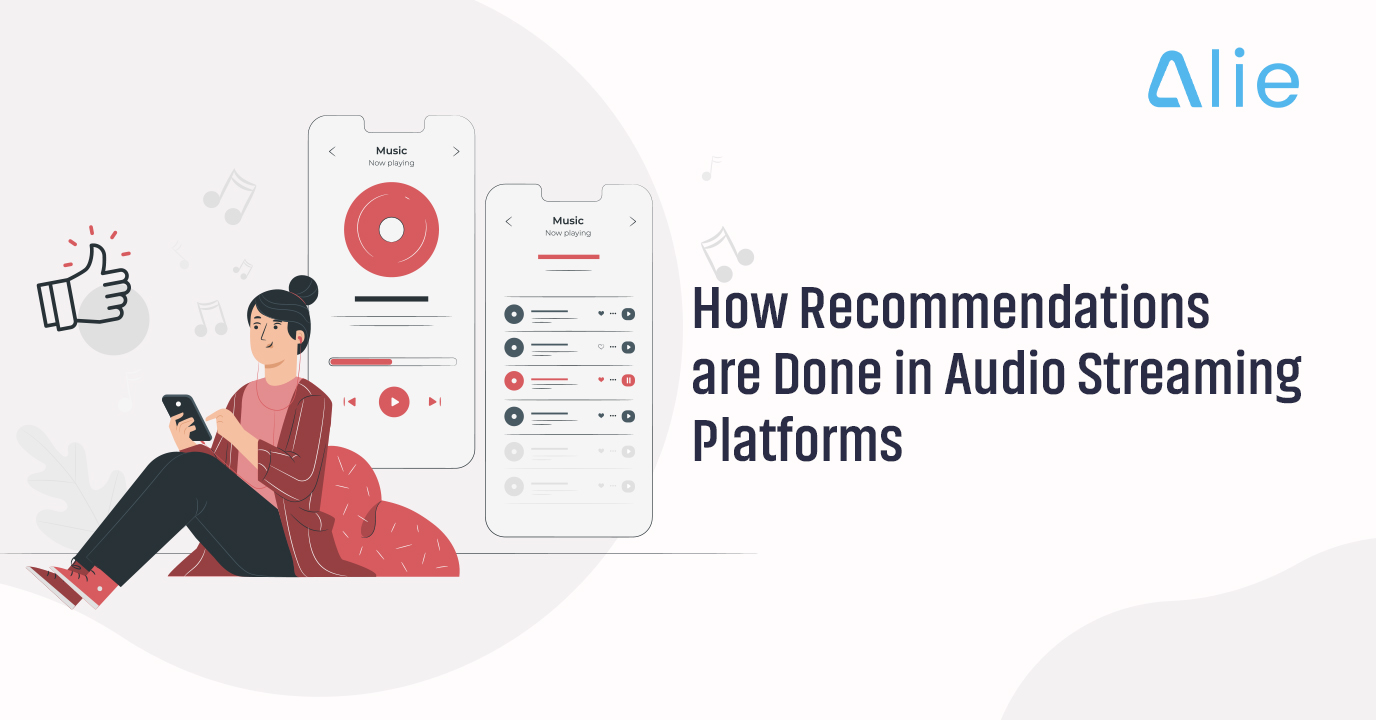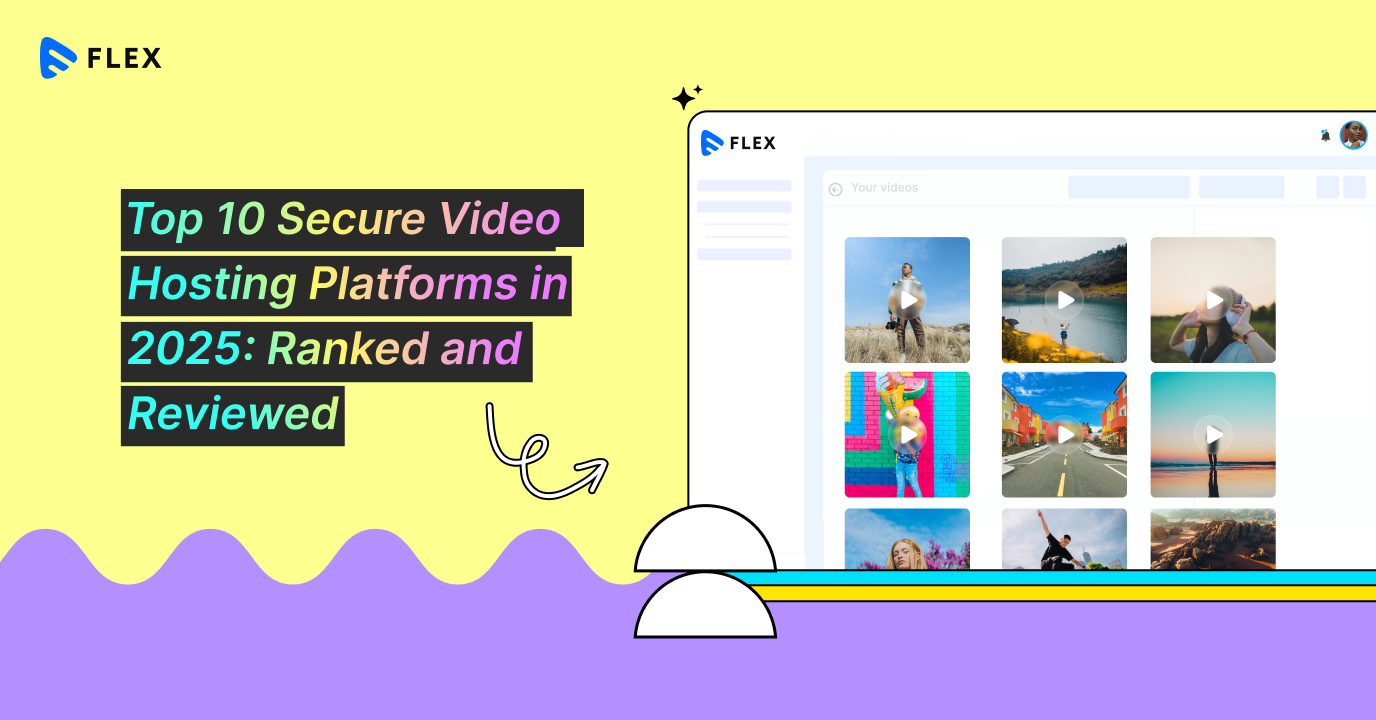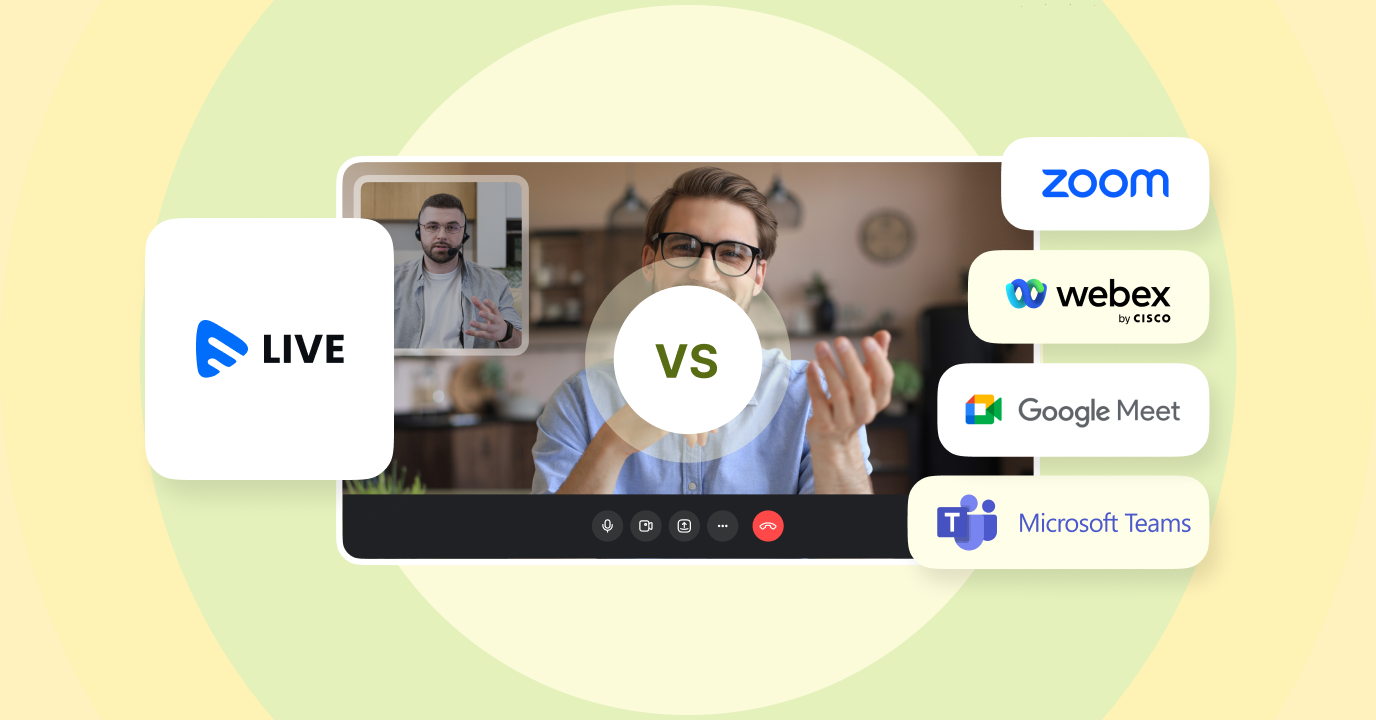We are all aware of the fact that almost all the industries today are now data-driven. The Audio streaming industry, which more often than not is considered to be soul-driven, also uses recommendation engines to provide utmost pleasure to their customers. Let us understand how it is done.
What is a Recommendation Engine?

What do you mean by Audio Streaming Platform?
Any website or mobile application through which one can listen to audio via the internet is an audio streaming platform. The unique thing about streaming is that one does not have to download the audio file to listen to it; you can simply listen to it with a single click.

How does a Recommendation System fit in an Audio Streaming Platform?
The most common example of an audio streaming website is music applications such as Spotify. So, let us try to understand it through such music streaming platforms. Let me ask you a few questions first.
- Have you ever noticed how after listening to one favorite song of yours, another one is lined up?
- Can you recall how if you listen to two break-up songs, the next song that automatically plays is usually of that category?
- And now the last question, can you open your music streaming platform (it can be any – Spotify, amazon, or youtube), and see if there are playlists made for you like ‘Songs you hear the most,’ ‘Top 50 in your playlist’ or ‘You might like.’
If your answer to any of the above questions is Yes, then you must have understood by now that this is because of recommendation systems. There are three methods that a recommendation system usually uses –
User-Based Collaborative Filtering
In user-based collaborative filtering, the system studies the user behavior and then recommends based on the findings. For example –
Consider there are two people names X and Y.
X likes to listen to Taylor Swift and Selena Gomez.
Y Likes to listen to Taylor Swift and Katy Perry.
What will the user-based CF recommendation system do?.
It will suggest Selena Gomez to Y and Katy Perry to X.
Item Based Collaborative Filtering
In item-based collaborative filtering, the system studies different items and recommends based on the mutually bought items. For example:
Consider there are three people named X, Y, and Z
Taylor Swift is listened to by both X and Y.
Whereas Z listens to Taylor Swift as well as Selena Gomez.
What will the item-based CF recommendation system do?.
Suggest Selena Gomez to both X and Y.
Item-based collaborative filtering is considered to be one of the best methods if anyone wants to scale their recommendation system.
Content-Based Filtering
This type of filtering is based entirely on user activities and the description of products. This includes the past activities performed on the website, the time they are browsing, and user location. Based on these data, a profile is created for each user, consisting of all the information in clusters. Machine Learning automates this process. This method is recommendation engine’s one of the most significant assets to recommend products in real-time.
Wrapping Up
It is safe to say that recommendation systems have now become a part of our day-to-day lives. If you are someone who owns a website and you are wondering when is the right time to integrate a recommendation system with your website, then the answer is NOW. To know more about the recommendation system and how you can add it to your audio streaming platform, explore Alie and try its 14-day free trial.

















Add your comment